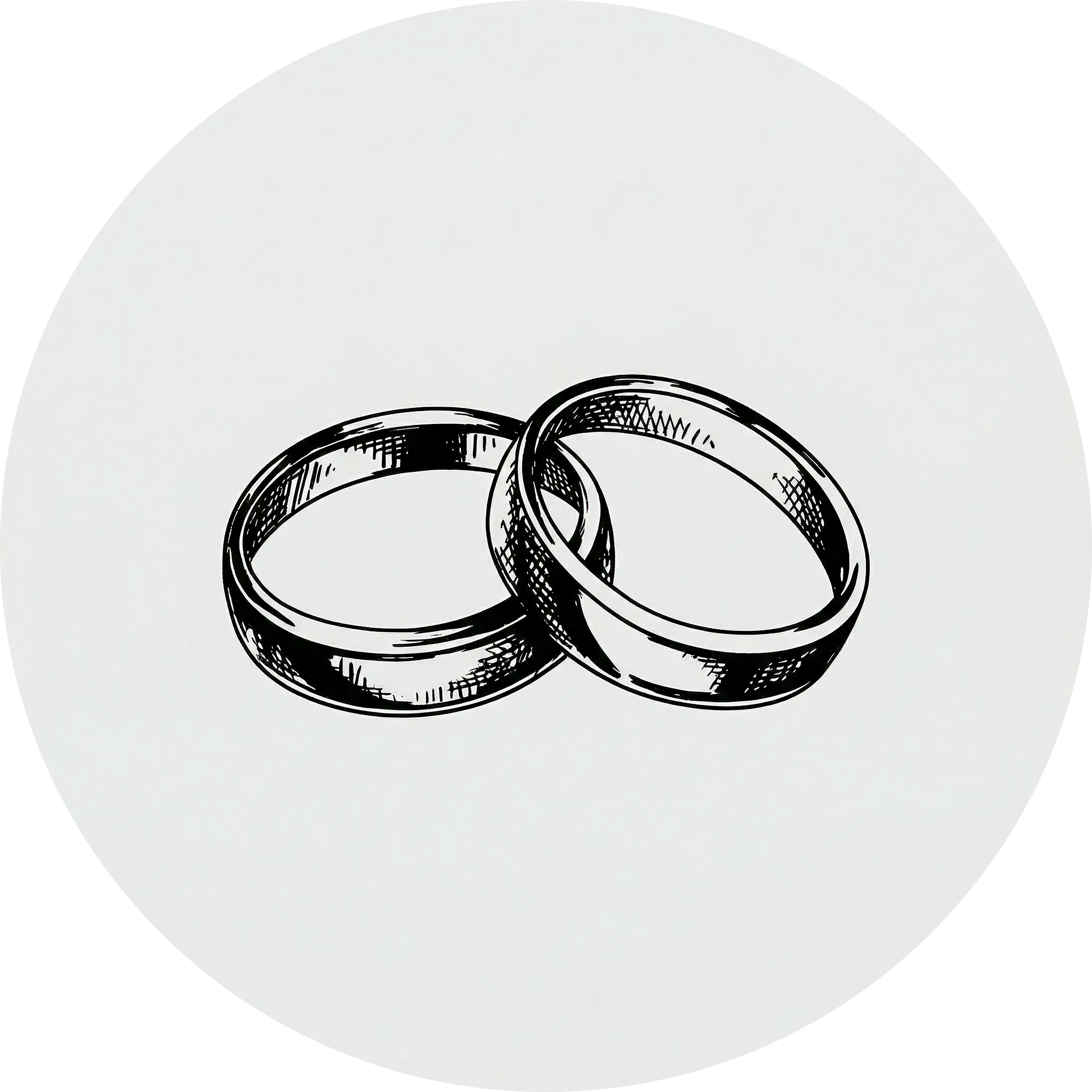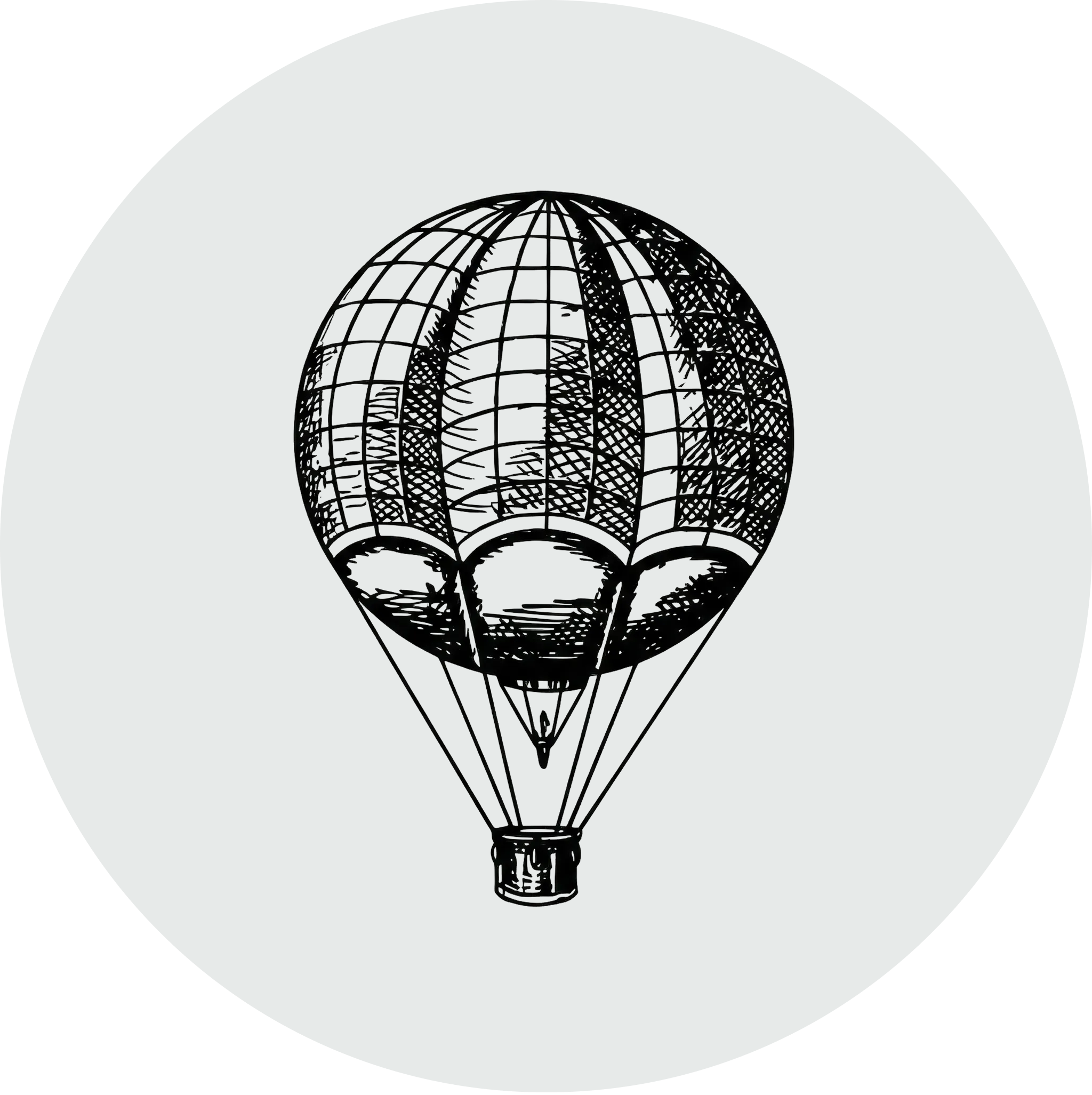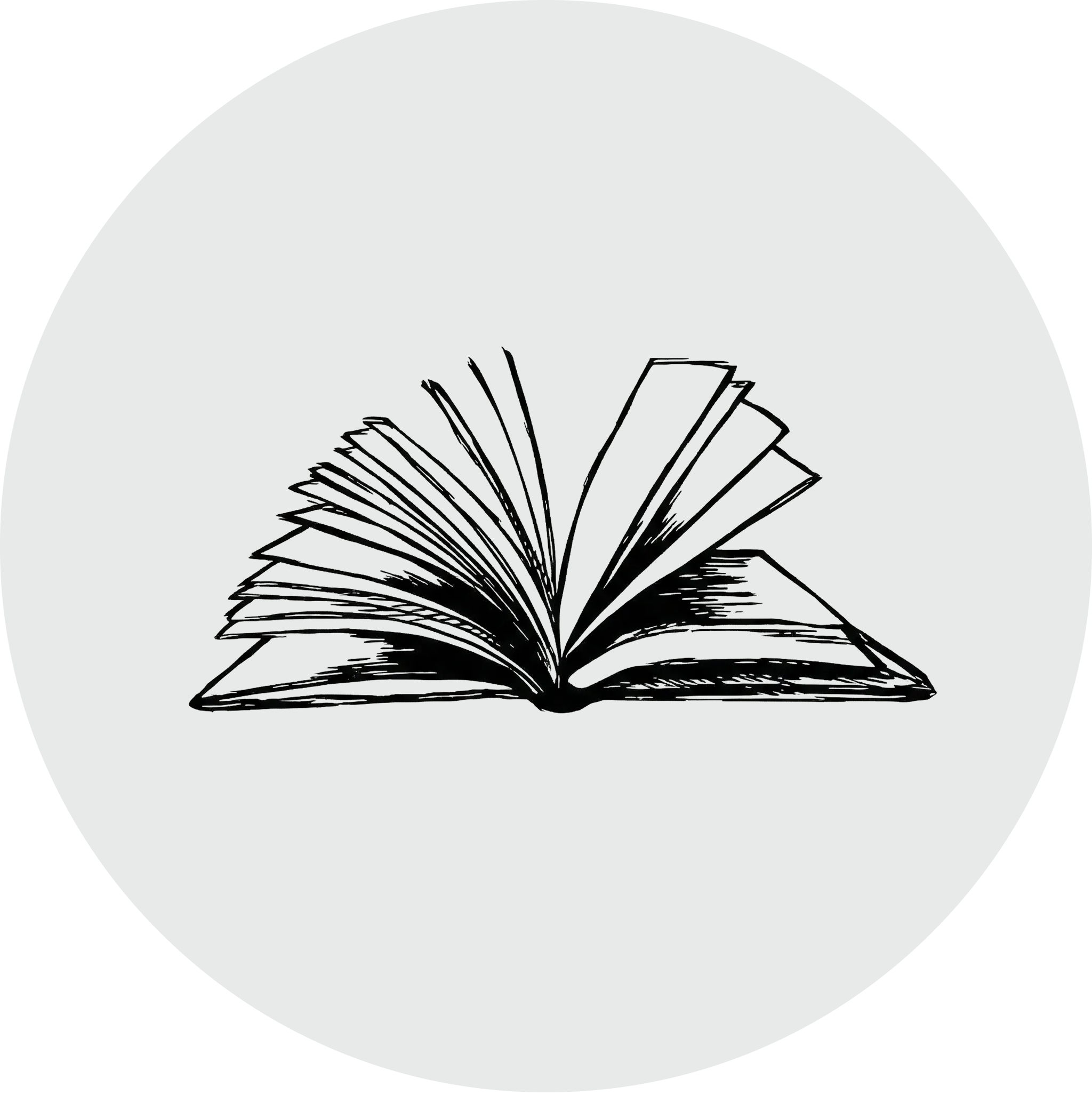There’s a lot to be said about practice. Talent is a great starting point, but it’s only hard work and repetition that makes you a master. Artist Hugo Wilson is a case in point. At the age of 17, he went to study art in Florence, going over the basics of life drawing and painting until he genuinely understood the disciplines. Since then he’s created a selection of notable works – drawings, paintings and sculptures – that have been shown in the likes of South Korea's Busan Biennale and Frieze Sculpture Park. Plus, of course, assorted solo exhibitions.
AT: Hi, Hugo. You trained in Florence from the age of 17. How did that come about?
HW: It’s hard to remember, but I was obsessed with large religious works from an early age. I think I took the precocious view that I’d learn how to make them. So I went about finding a place that could teach me their technical aspects.
What was it like?
Rigorous! I worked nine hours a day. The philosophy was to create naturalism (as opposed to realism), to paint how you see. ‘Breadth of focus’ was critical, encouraging you to stand back from the thing you’re working on. Also, we only worked from life models and objects.
Classical art is an apparent influence. Why?
I stood in front of a Titian painting when I was 14, and it moved me to tears. But not one part of me considered converting to catholicism! That’s not to say I’m ‘for’ or ‘anti’ any religion – my point is there was a degree of sacrality and importance I felt. But the specifics or the original intent was irrelevant.
If there’s one classical work everyone should see, what is it?
For technical ability, it’s the small Van Dyke Studio portrait of the art collector Cornelious van der Geest in the National Gallery in London.
Coming to your work, what’s the process of starting a painting?
It varies, but these days I tend to make a digital sketch in Photoshop. These works look super-hectic, but there’s raw information in there that I can use.
What was the first work you sold?
I think it was a portrait commission when I was 17. I was just relieved it looked like the person!
What’s an average working day like?
It varies, depending on what I’m making and who else is around. I have assistance for about half the year, so if someone’s about, I have a few quiet hours to paint before anyone else is in. After that, I manage, and help, on the larger projects.
It sounds like a balancing act…
As I get older, I have fewer studio visits, so I’ve more quiet hours to work. But it’s a fine line as I enjoy the inclusive side of my day, showing people my work and having lunch. I do have to be careful with that though as I end up not doing enough with my hands. Whatever happens, I’m always home for bath time with my daughters. I moved my studio close to home just as the big one was born.
You paint a lot of animals. Why’s that?
I’ve actually just left them for a bit, but I think there’ll always be works with animals involved. I use them because they’re ‘mirrors’, and as conscious humans, we like to project ourselves onto something. So if you’re projecting yourself onto a monkey and deciding that he’s sweet, or angry, or cunning, then you’ve already started the game I want to play.
Do you ever run out of ideas?
No, it’s more about working out which ones are any good!
Tell us what you’ve got coming up…
A lot. This month [January] there’s an excellent group show at the Swedish National Gallery with the likes of Glenn Brown, Jake and Dinos Chapman, Sam Taylor-Johnson and Gavin Turk. In February, there’s an exciting exhibition curated by Jane Neal and Simon de Pury at Asprey in London, with works by Leon Kossof, Frank Auerbach and Anish Kapoor.
Quintessentially’s Art Patrons are invited to visit the London studio of Hugo Wilson on Wednesday 12th February at 6.30pm. This is a rare chance to meet Hugo, and find out how he creates his unique works. If you’d like to learn more about the Art Patrons membership, click here.

















